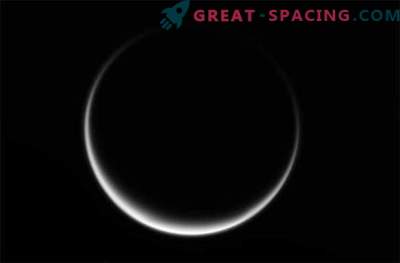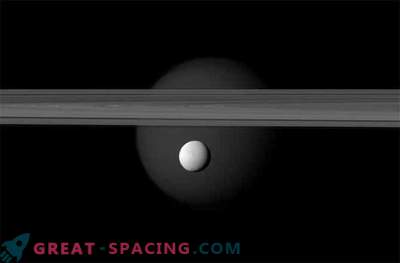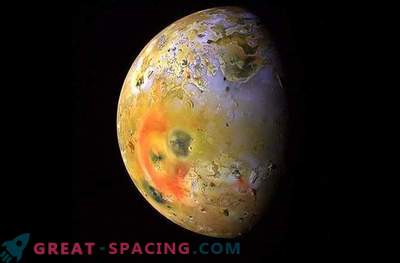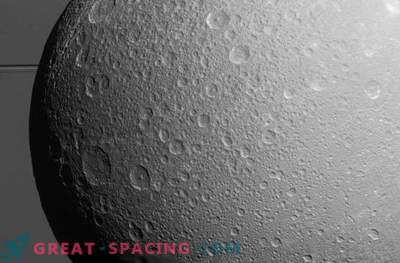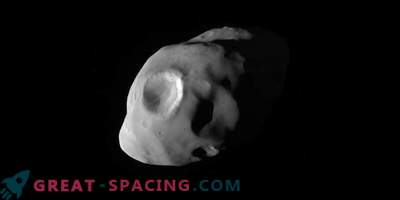
As scientists quickly approach the “final” missions of the Cassini spacecraft, the list of such events is gradually shrinking. The next from the final list of the automatic ship is the satellite of Saturn Dion, which will allow to be in the middle of August at a distance of about three hundred miles (less than five hundred kilometers) from its surface.
This will be a very close span. It will be used by scientists to take multiple high-resolution shots. It is expected that it will be possible to obtain more accurate measurements of the gravitational field, surface craters and some additional details of the satellite’s topography will be visible.
In addition, as noted in the press release, scientists will obtain surface spectrometric data with high accuracy, and infrared devices will record "unusual thermal anomalies."
Although the upcoming rapprochement will take place at a small distance, but it will be no closer than the last flight of Cassini past Dione in 2011. Then the distance to the satellite was 60 miles (less than 100 km). Data were obtained that could indicate geological activity and, possibly, the presence of cryo-volcanoes. Now, mission scientists are looking forward to the fifth pass past the satellite, as this is their final opportunity to unravel the secrets of Dione. An employee of the research team, Bonnie Buratti from a laboratory in Pasadena (California), noted that Dion gave mysterious hints of the activity of geological processes, including the transitional atmosphere, which could indicate the presence of ice in volcanoes. But no one ever saw a smoking volcano. The fifth demo flight near Dione will be another chance to see something new.
Since arriving in Saturn’s orbit in 2004, Cassini was able to get only a small set of images from all 62 of Saturn’s famous satellites. So each new satellite span of Saturn may be close, and will be of great scientific importance.




